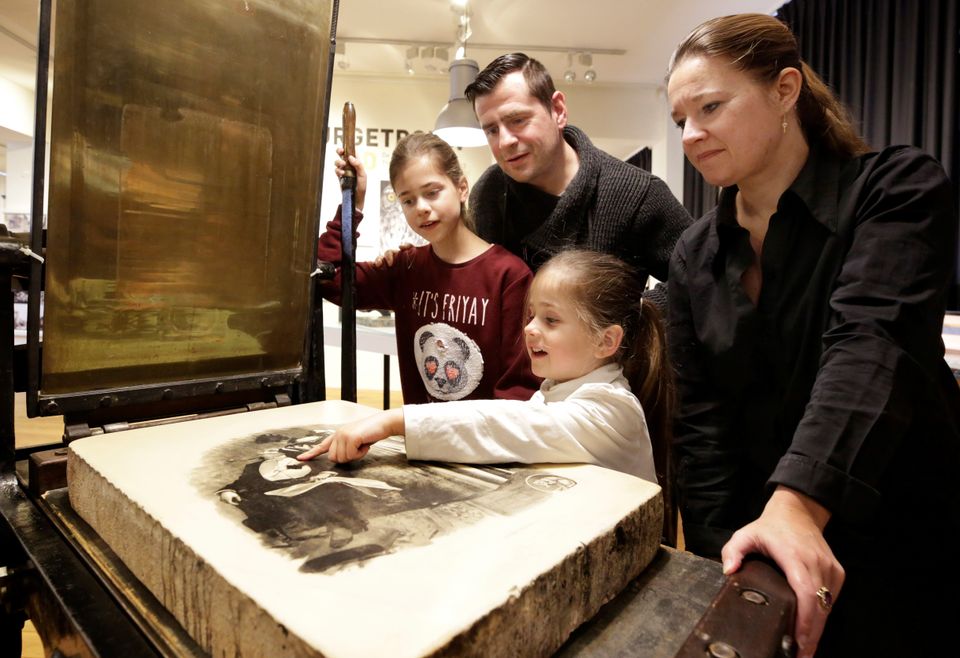Dutch Museum of Lithography
Here you will learn about all aspects of stoneprinting or lithography, the planography, invented by Alois Senefelder in 1798. It is a stoneprinting technique through which countless images can be printed from one stone in a fast and cheap way. In the beginning in black and white and since 1837 in colour.
Senefelder’s invention brought about the second great revolution after the invention of the art of printing by Johann Gutenberg. People were taught to watch images and soon lithography became an extremely important factor. In 1809 the first stoneprints appeared in the Netherlands in the city of Rotterdam. The collection of the museum is in its form and extent the greatest and unique in the world.
In the Dutch Museum of Lithography the visitor can see a very extensive collection of images(products) and the technique of printing. In a detailed way you are shown both the historical and technical sides of lithography as well as the cultural side. Visitors can watch and experience this phenomenal invention, its development and the extensive usage, especially in the commercial field. Regular stoneprinting demonstrations can also be watched in the workshop.
The collection, brought together by the founder of the museum, Ir. Peter-Louis Vrijdag, comprises a.o. book illustrations, cartography, posters, musical scores and playing cards. You can also admire “poezie plaatjes” i.e. scraps for children’s albums in which friends write verses, labels, picture postcards, artistic prints, caricatures, satirical magazines, children’s toys and printed images on tins. Among others you will see work by famous artists such as Jan Toorop, Kees van Dongen, Alphonse Mucha, Adolphe Willette and Jan Sluyters.
